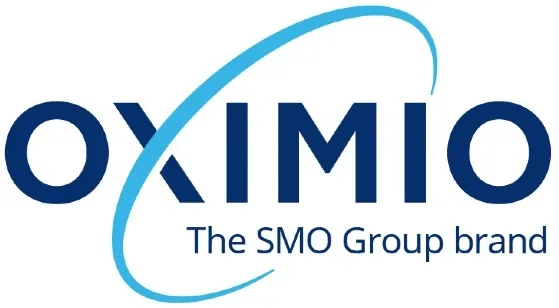
The latest EU clinical trial regulations must be carefully understood. The Clinical Trial Regulation (CTR) was introduced in the EU in January 2022 to improve efficiency in new trial regulatory processes. Sponsors can now apply for clinical trial authorisation in up to 30 European countries from a single application, eliminating the need for separate authorisations from national authorities and ethics committees.
Alongside the CTR, the EU has introduced a new unified portal for submitting and managing trial data, the Clinical Trials Information System (CTIS) regulatory platform[i].
The platform was launched to reduce the need for duplicate work and improve consistency in application assessments. All clinical trials in the EU from 30 January 2025 must now comply with CTR and be submitted through the CTIS. This includes CROs operating in the EU.
However, the introduction of the CTIS has not been without its challenges. Full implementation has been slow due to delays with adoption and hesitancy, technical limitations, manual data entry, and organisational restructuring for some sponsors.
However, by providing a centralised approval process, the CTIS is expected to result in faster and more predictable timelines for clinical trial approvals in the long term, with fewer delays in the supply chain.

Essential information on new EU clinical trial regulations
The CTR regulatory platform offers several key benefits, including a centralised approval process and improved transparency. However, this is balanced with increased demand and workload for sponsors and CROs in supply planning, with potential for an increase in complexities within the supply chain.
The CTIS is a single-entry point for clinical trial applications across all EU member states, resulting in faster and more predictable timelines for clinical trial approvals.
This aligns with stricter regulatory deadlines and is intended to reduce supply chain delays. The idea is that harmonised procedures across the EU reduce regulatory complexity, enabling better forecasting and smoother cross-border distribution of investigational medicinal products.
Transparency and demand for supply chain traceability are also expected to be enhanced by the CTIS, as public access makes supply chain operations more visible. This requires enhanced digital supply chain tools to ensure regulatory compliance.
Changes in labelling are expected to result in more frequent supply updates, as the CTR allows for longer shelf-life labelling flexibility. However, harmonised labels in multiple languages could add further complexity.
Yet the CTR is intended to reduce the approval time for new drugs, requiring supply chains to adapt to shorter lead times. More trials will require flexible supply strategies such as just-in-time manufacturing and direct-to-site delivery to avoid drug wastage. Sponsors and CROs will need to coordinate regulatory and supply chain teams more closely, and risk-based supply strategies will become critical to reduce the likelihood of supply shortages due to faster approvals.
Easier approval processes may encourage more trials, increasing supply chain complexity. Operators need to prepare for higher demand for comparator drugs, packaging, and distribution capacity.
The system is also expected to facilitate the expansion of trials to other European Economic Area (EEA) countries such as Liechtenstein and Norway, because it allows national regulators to process clinical trial applications in more than one country collaboratively.
How will the new EU regulations affect supply chains?
With more than 20 years of experience as a provider of clinical trial logistics services, Oximio has extensive experience in managing the complexities of new regulations and quickly adapting to any changes. Experts at the company recently discussed the new regulations and what they could mean for the clinical supply chain.
Sahina Mohsin is chief quality officer at Oximio, where she manages and develops Quality Assurance and Quality Control procedures. Based in the UK, Mohsin notes that while the new legislation doesn’t dramatically impact logistics companies directly, it could create changes in how clinical trials are conducted and managed, including more flexible trial design, with potential for fewer clinical sites. She explains that the new platform allows for more direct-to-patient approaches.
“If you have patients in really remote areas within your country, you can access and check your patient information, medical devices you’re using – all online,” Mohsin says. “It allows more accuracy in patient information and more flexibility in patient monitoring using electronic devices – making it digital and more accessible.”
Other features of the new platform – such as enhanced digital supply chain tools to ensure compliance and adapt to frequent supply updates – should allow for longer shelf-life labelling flexibility.
Overall, the Oximio experts’ tone was cautiously optimistic, viewing it as a step towards more standardised clinical trial processes. However, there is an understanding that significant changes will take time to fully implement across the different European countries. All the experts acknowledged the need for flexibility and adaptability within the supply chain.
To learn more about Oximio’s services, download the document below.
References:
[i] https://euclinicaltrials.eu/ctis-for-sponsors/



